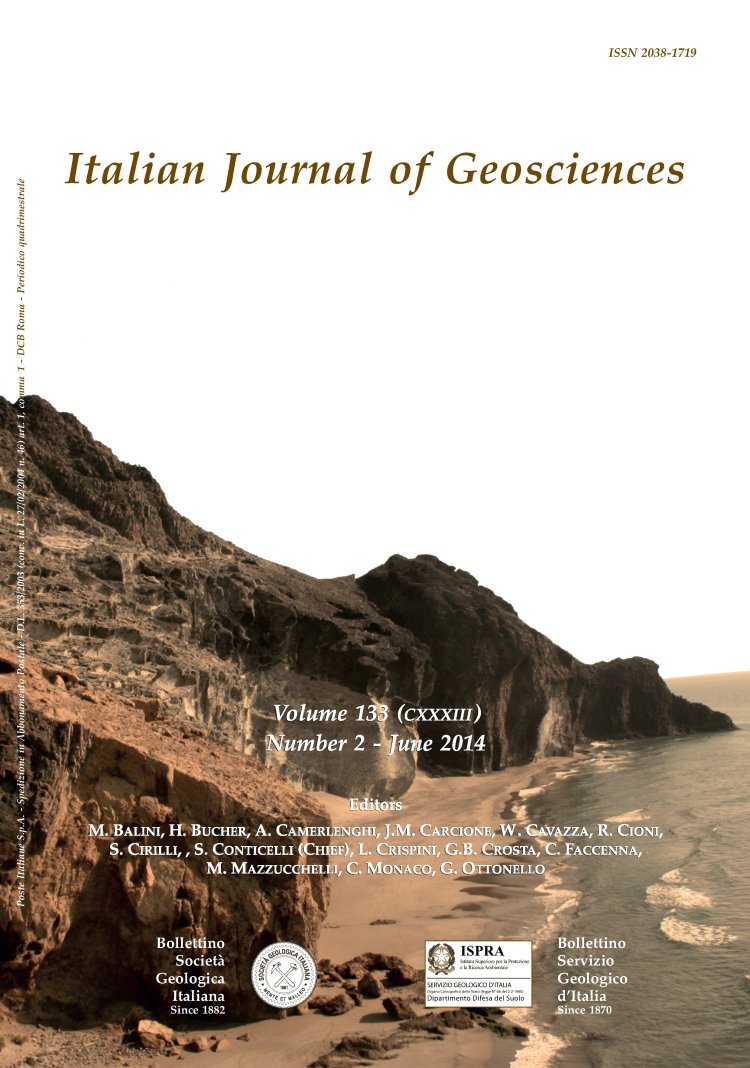
The role of sediment grain-size, mineralogy, and beach morphology on plant communities of two Mediterranean coastal dune systems
Duccio Bertoni (*), Cristian Biagioni (**), Giovanni Sarti (**), Daniela Ciccarelli (***) & Matteo Ruocco (****)
(*) Department of Physics and Earth Sciences, University of Ferrara, Via Saragat, 1 - 44100 Ferrara, Italy. Corresponding Author: e-mail: duccio.bertoni@unife.it; tel: +39(0)532974739; fax:
+39(0)532293031.
(**) Department of Earth Sciences, University of Pisa, Via S. Maria, 53 - 56126 Pisa, Italy.
(***) Department of Biology, University of Pisa, Via Luca Ghini, 13 - 56126 Pisa, Italy.
(****) Department of Life Sciences, University of Modena and Reggio Emilia, Via Campi, 213/d - 41125 Modena, Italy.
Volume: 133 (2014) f.2
Pages: 271-281
Abstract
Coastal dune ecosystems are characterized by a strong relationship between abiotic and biotic factors. The aim of the study is to identify the abiotic factors that mostly affect distribution and composition of plant dune communities along the coast-to-inland gradient, focusing the attention on sediment grain-size parameters, mineralogy, and dune morphology. The research was carried out on two coastal dune systems belonging to protected areas in the Mediterranean Basin, specifically in Northern and Southern Tuscany (Italy). Grain-size analysis, X-ray powder diffraction, topographic surveys, and floristic data recording were carried out along 11 transects perpendicular to the shoreline; the portion of the beach investigated is comprised within the foreshore and the backdune area. The analyses revealed some differences between the two coastal dune systems in terms of sediment parameters, mineralogy, and dune topography. The differences are mainly ascribed to the physical characteristics of the sites where the surveys were carried out. These data were matched with those provided by the vegetation sampling and then statistically processed by means of methods such as the Canonical Correlation Analysis (CCA), which showed that the mean grain-size is the most important abiotic factor that influences the composition of these coastal plant communities. These results might be considered to improve and optimize management and conservation programs for these ecosystems, since nowadays artificial dune reconstruction is a practice frequently used as a form of coastal protection.
Keywords
Coastal dunes, sediment grain-size, mineralogy, beach morphology, vegetation, Canonical Correlation
Analysis (CCA).
Get Full Text